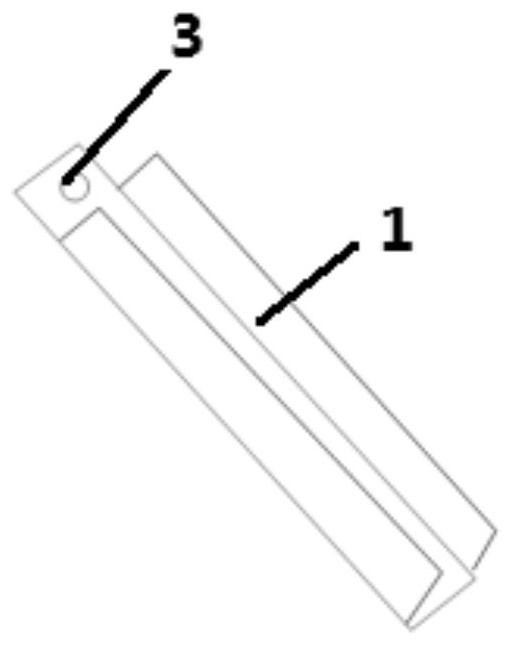A kind of method for indoor raising seedlings of bearded sea bream
A technology of bearded seabream and bearded seabream, which is applied in fish farming, climate change adaptation, animal husbandry, etc., can solve the problem of fry loss, achieve high-efficiency temporary breeding, improve seedling immunity, and reduce the effects of stress
- Summary
- Abstract
- Description
- Claims
- Application Information
AI Technical Summary
Problems solved by technology
Method used
Image
Examples
Embodiment 1
[0033] Prepare a conical bucket with a drain at the bottom, cool the water in the conical bucket to 20°C with ice cubes, put the copepods in the cone-shaped bucket and let it stand for 3 minutes, open the drain at the lower end of the conical bucket, and drain Dead and benthic copepods, and the remaining copepods were used to feed the bearded seabream fry in the nursery pond. The amount of copepods to be fed depends on the amount of seedlings in the nursery pond. It is determined that most of the copepods can be eaten by the bearded sea bream fry in about 4 hours; In a constant temperature and humidity light incubator, adjust the temperature to 27° C. and the relative humidity (RH) to 75%. The larvae can hatch in about 72 hours. The larvae are fed with open feed, and the open feed is composed of the following components according to the mass percentage: 20% corn flour, 18% soybean meal powder, 2% yeast powder, and the balance is water. The total amount of the above mass perce...
Embodiment 2
[0036]Prepare a conical bucket with a drain at the bottom, cool the water in the conical bucket to 18°C with ice cubes, put the copepods in the cone-shaped bucket and let it stand for 5 minutes, open the drain at the lower end of the conical bucket, and drain Dead and benthic copepods, and the remaining copepods were used to feed the bearded seabream fry in the nursery pond. The amount of copepods to be fed depends on the amount of seedlings in the nursery pond. It is determined that most of the copepods can be eaten by the bearded sea bream fry in about 4 hours; In a constant temperature and humidity light incubator, adjust the temperature to 25° C. and the relative humidity (RH) to 80%. The larvae can hatch in about 72 hours. The larvae are fed with open feed, and the open feed is composed of the following components according to the mass percentage: 18% corn flour, 20% soybean meal powder, 1% yeast powder, and the balance is water. The total amount of the above mass perc...
Embodiment 3
[0040] Prepare a conical bucket with a drain at the bottom, cool the water in the conical bucket to 19°C with ice cubes, put the copepods in the cone-shaped bucket and let it stand for 2 minutes, open the drain at the lower end of the conical bucket, and drain Dead and benthic copepods, and the remaining copepods were used to feed the bearded seabream fry in the nursery pond. The amount of copepods to be fed depends on the amount of seedlings in the nursery pond. It is determined that most of the copepods can be eaten by the bearded sea bream fry in about 4 hours; In a constant temperature and humidity light incubator, adjust the temperature to 30° C. and the relative humidity (RH) to 70%. The larvae can hatch in about 72 hours. The larvae are fed with open feed, and the open feed is composed of the following components according to the mass percentage: 22% of corn flour, 15% of soybean meal powder, 3% of yeast powder, and the balance is water. The total amount of the above m...
PUM
 Login to View More
Login to View More Abstract
Description
Claims
Application Information
 Login to View More
Login to View More - R&D
- Intellectual Property
- Life Sciences
- Materials
- Tech Scout
- Unparalleled Data Quality
- Higher Quality Content
- 60% Fewer Hallucinations
Browse by: Latest US Patents, China's latest patents, Technical Efficacy Thesaurus, Application Domain, Technology Topic, Popular Technical Reports.
© 2025 PatSnap. All rights reserved.Legal|Privacy policy|Modern Slavery Act Transparency Statement|Sitemap|About US| Contact US: help@patsnap.com


